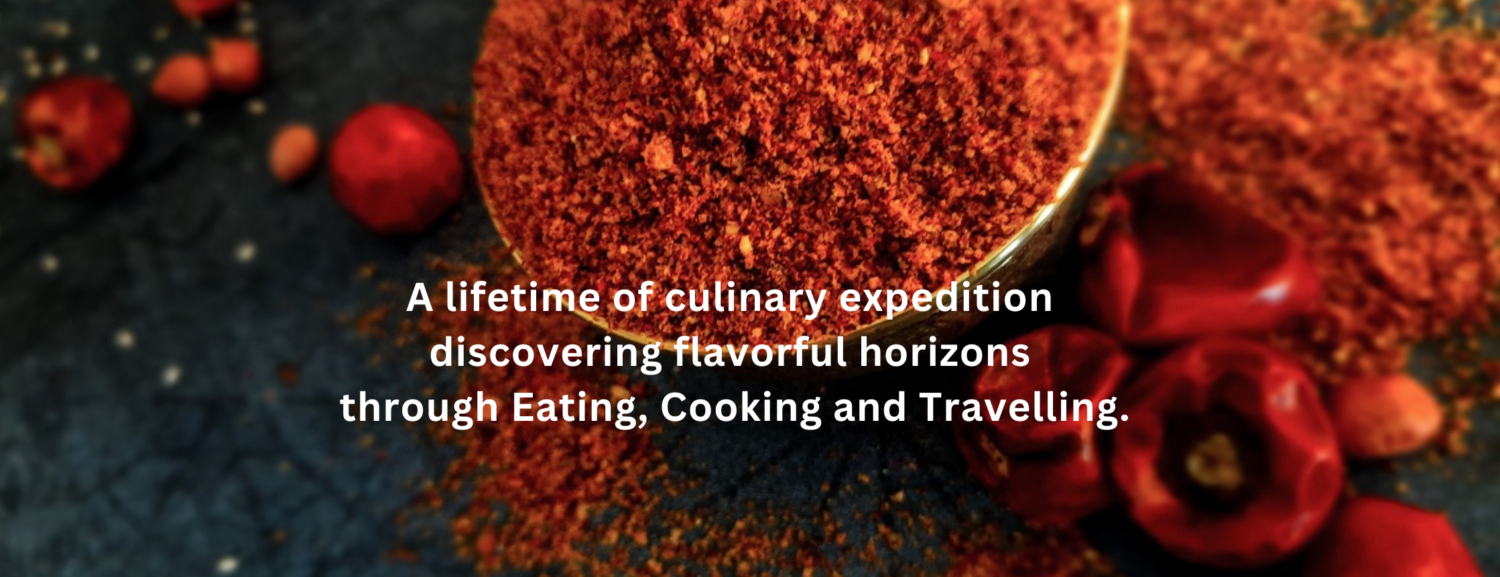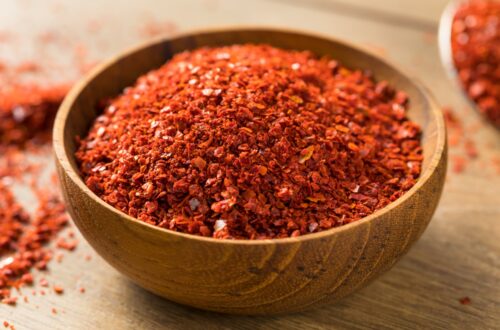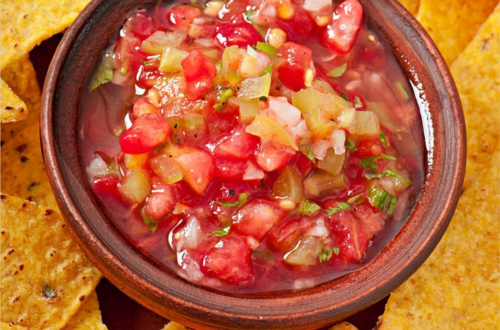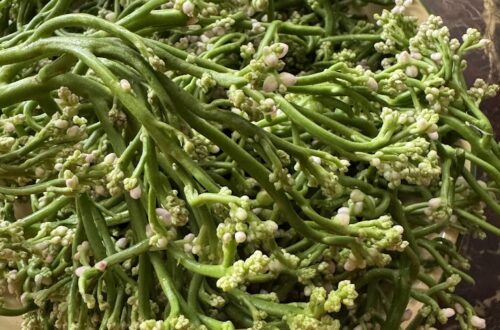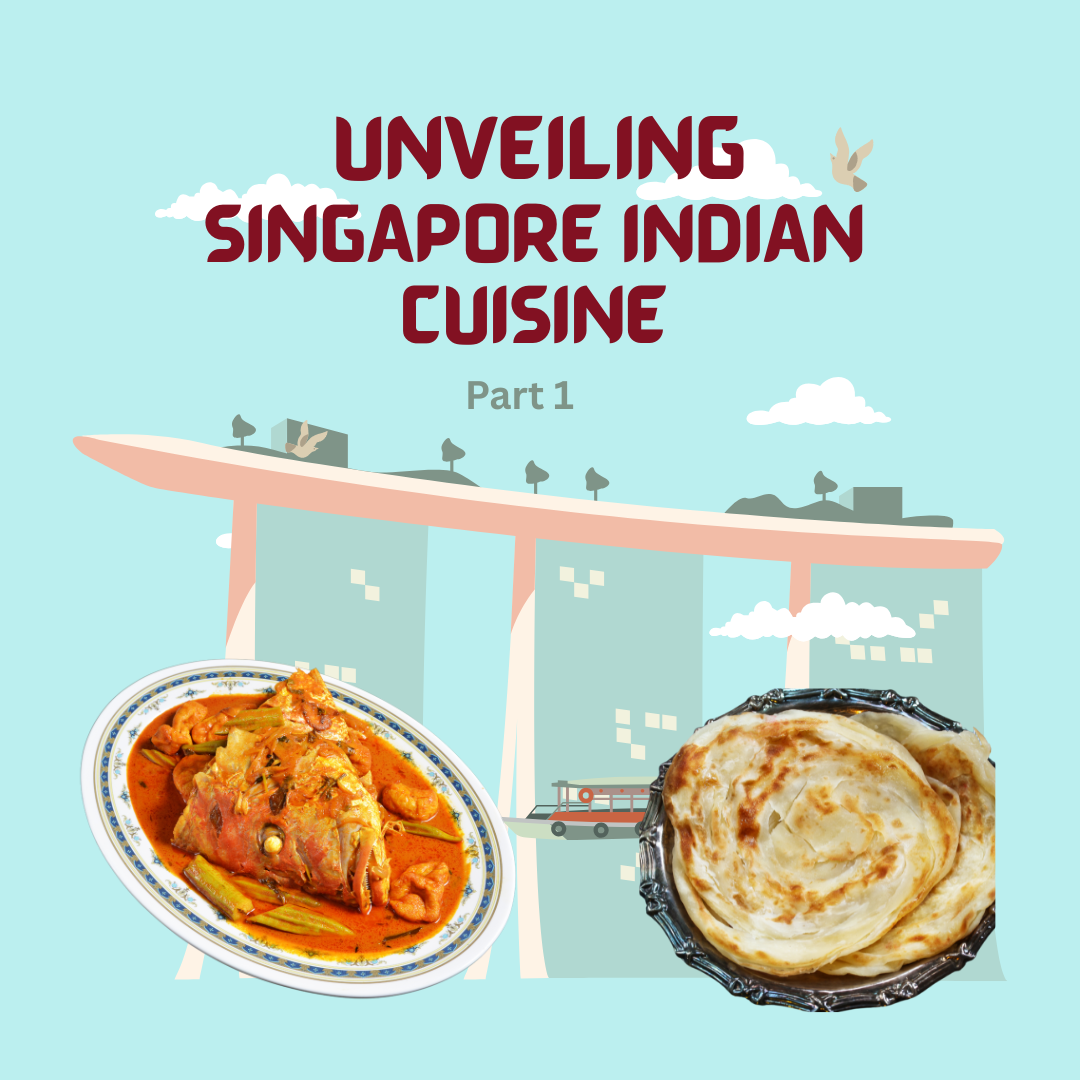
Unveiling Singapore Indian Cuisine
During the British colonial period, many Indian laborers, especially from Tamil Nadu, to help with the growing economy, working in areas like plantations and construction. This wave of Tamil migrants and others from India boosted the local workforce and also laid the foundation for a unique food culture that blended Indian traditions with local flavors.
As these migrants including Punjabis, Bengalis, Telugus, Gujaratis, and Malayalees made Singapore their home, they changed their cooking styles to include local ingredients such as fresh seafood, tropical fruits, and spices. Each group brings its own traditional dishes, which enhance Singapore’s food scene. Tamils offer dishes like thosai and idlis, while Punjabis add hearty meals like butter chicken and chapati and the Malayalees brought dishes like puttu, appam and parotta.
They also incorporated elements from the existing Chinese, Malay, and European communities leading to a rich variety of flavors.
This diversity not only enriches the food experience but also fosters community spirit, allowing different cooking practices to be shared and celebrated. Together, these cultures create a dynamic culinary heritage that continues to grow, reflecting Singapore’s multicultural identity.
I can confidently say that Singapore Indian cuisine is a vibrant blend of traditional Indian dishes from various ethnic groups, including Tamils, Punjabis, and Malayalees, harmoniously combined with local flavors and ingredients from Chinese and Malay culinary traditions. This unique fusion beautifully reflects the multicultural essence and culinary diversity of Singapore.
#chefdevagisanmugam #culinaryeducation #SingaporeIndianCuisine #unveilingflavors #tasteofSingapore #Indianfoodlovers #culinaryfusion #savorthespices #spicySingapore #foodjourney #exploreIndiancuisine #Singaporefood #heritageandflavor #Indianheritagecentre #Singaporeeats #Indiangastronomy #Indiandiaspora #visitsingapore


